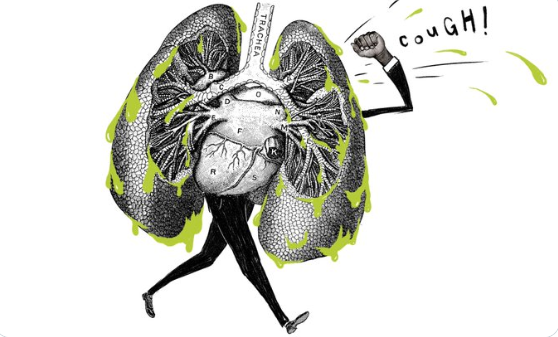- Courses
- GS Full Course 1 Year
- GS Full Course 2 Year
- GS Full Course 3 Year
- GS Full Course Till Selection
- MEP (Mains Enrichment Programme) Data, Facts
- Essay Target – 150+ Marks
- Online Program
- GS Recorded Course
- NCERT- First Ladder
- Polity
- Geography
- Economy
- Ancient, Medieval and Art & Culture AMAC
- Modern India, Post Independence & World History
- Environment
- Governance
- Science & Technology
- International Relations and Internal Security
- Disaster Management
- Ethics
- Current Affairs
- Indian Society and Social Issue
- CSAT
- 5 LAYERED ARJUNA Mentorship
- Public Administration Optional
- ABOUT US
- OUR TOPPERS
- TEST SERIES
- FREE STUDY MATERIAL
- VIDEOS
- CONTACT US
Walking Pneumonia
Walking Pneumonia
28-11-2023

Why in News?
Recently, Chinese school children are experiencing a mysterious, influenza-like illness called Walking Pneumonia.
- The outbreak's cause is unknown, but experts suggest it may be linked to mycoplasma pneumoniae, a common bacterial infection known as 'walking pneumonia.'
- Chinese authorities claim the virus is composed of familiar pathogens like mycoplasma pneumoniae, adenovirus, and influenza virus, excluding novel pathogens like SARS coronavirus.
What is Walking Pneumonia?
- About:
- Walking pneumonia, also known as atypical pneumonia, is a milder form of pneumonia caused by Mycoplasma pneumoniae bacteria.
- "Walking" pneumonia is a mild condition that allows individuals to continue their daily activities without bed rest or hospitalization.
- The condition is more prevalent among children aged 5-15, who are closely connected at schools and can easily transmit the infection to family members.
- Transmission:
- Close contact is a significant factor in the transmission of the infection due to airborne droplets from coughing, sneezing, or talking.
- Symptoms:
- Symptoms of this condition include persistent cough, fever, sore throat, headache, runny nose, ear pain, and chest discomfort due to coughing.

- Treatment:
- Antibiotics are commonly used as a treatment method to combat the specific bacteria responsible for the infection.




